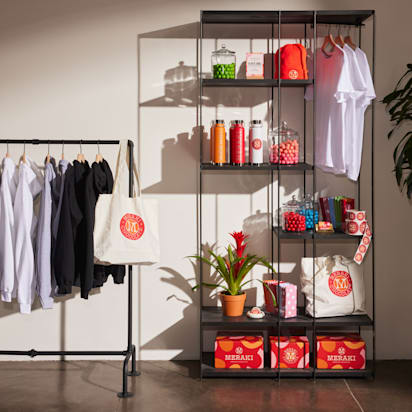As a business owner or marketer, you probably already know there are many different types of printing. But how much do you really know about each of them? You’ve likely had printing done before, but be honest—did you just send off the files and get your project back later without choosing a specific type of printing?
For high-volume print businesses, it’s important to familiarize yourself with different types of printing to get a higher-quality project the next time. This enables you to choose the best type for your project. For example, offset printing is often the best choice for large runs of booklets, magazines or pamphlets because it produces very high-quality, durable images.
What is offset printing?
Offset printing, also known as offset lithography, is a somewhat complex printing process that uses multiple rolling cylinders to press ink into paper.
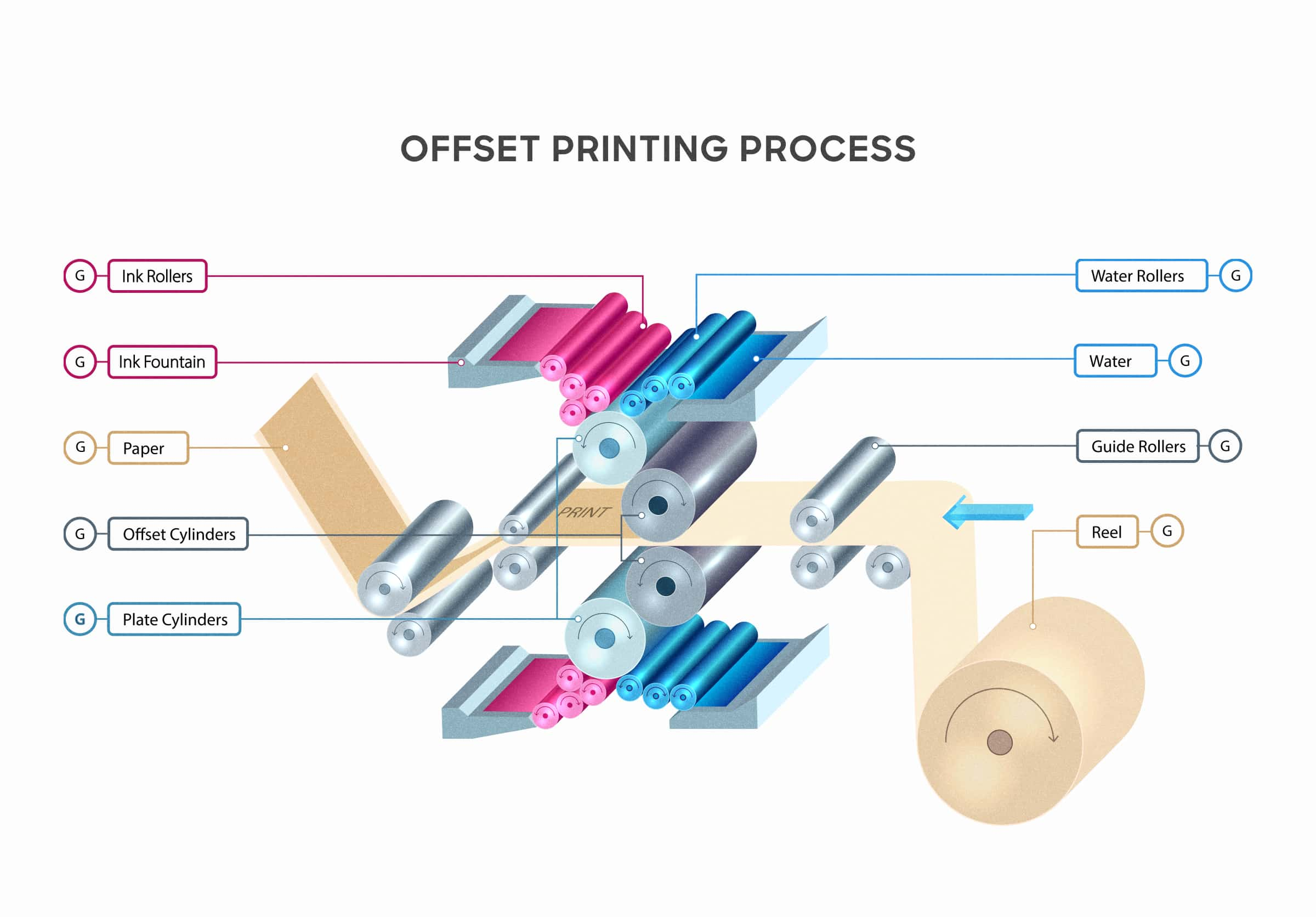
Image via PakFactory blog
Each printed page starts as a digital file created and formatted for offset printing. Notably, you can’t use a file meant for digital printing here; offset files must use CMYK color codes, as the printers use this palette. CMYK stands for cyan, magenta, yellow and key (black ink).
The files are digitally etched onto metal plates. These metal plates are applied to cylinders. Oil-based inks are applied to the metal plates, with a thin layer of oil-repelling water applied to the sections without text or image.
As the metal, plate-wrapped cylinders rotate, ink contacts rubber-wrapped blanket cylinders that lift the inked images and text. As paper moves through the printer, these rubber cylinders press the ink into it. This results in a crisp, vibrant image on the page, which makes it ideal for newspapers, magazines and books.
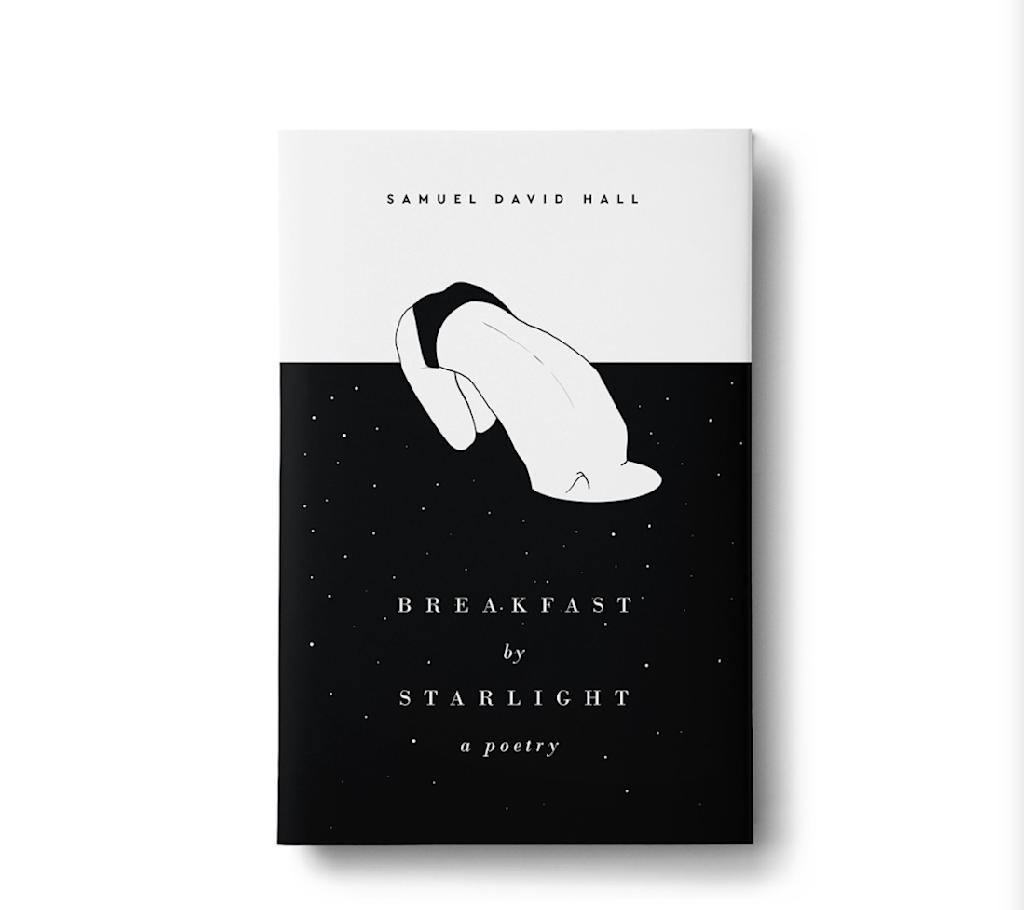
Book cover design by Boja
There are three types of offset printing:
- Web. With web offset printing, long, continuous sheets of paper are fed through the printer. These sheets are printed prior to being cut and bound. This is often the preferred method for printing books and magazines.
- Sheet-fed. In a sheet-fed offset printer, individual sheets of pre-cut paper are fed through and printed. This can speed up the printing process, as it eliminates the cutting stage.
- Quick-set. Quick-set offset machines, which work with continuous sheets or pre-cut pages, are characterized by their fast-setting ink. This ink dries faster than those used in other offset machines, which gives projects a faster turnaround time. It is often used for instruction manuals and periodicals.
Can offset printing help your small business?
As mentioned above, offset printing is typically the best choice for magazines and similar projects. That said, it isn’t always the best choice for small businesses.
Let’s say you’re printing brochures for an upcoming trade show. The purpose of these brochures is to encourage attendees to visit your website and learn more about your product. You don’t expect trade show attendees to keep the brochures long, but you do expect to hand out thousands of copies. The brochures are primarily text explaining your product, with a few images.
In this scenario, digital printing would be the best choice.
Here’s why: you need the brochures quickly, they aren’t items you expect people to keep and read again and top-quality images aren’t a priority. Save yourself money and time by going with digital printing.
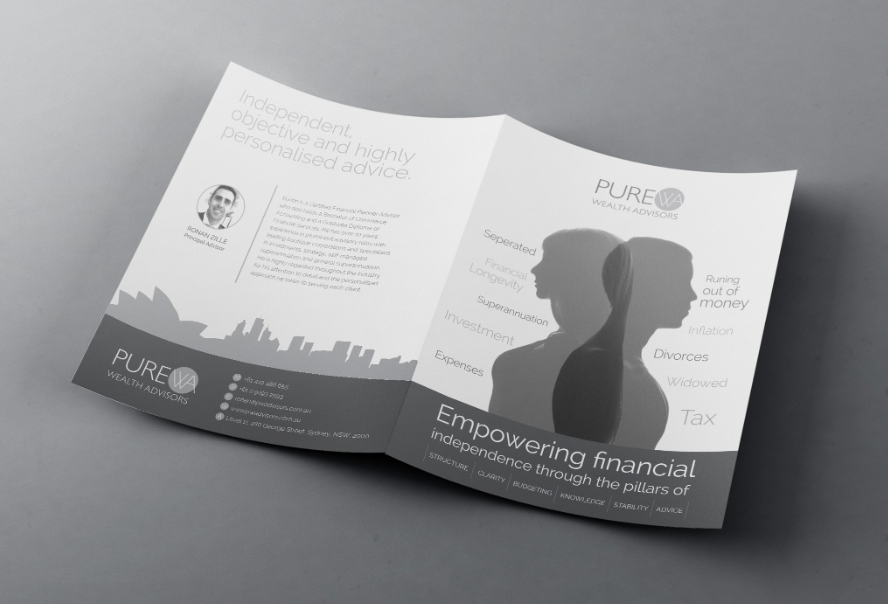
Brochure design by tale026
Now imagine another scenario.
You’re the curator of a small boutique, putting together a guide to the spring’s upcoming collections. This guide is being sent to the approximately 1,000 names on your mailing list, a significant percentage of whom are previous shoppers. Your primary goal is to raise interest in new collections, encouraging more foot traffic to the store.
This time, go with offset printing.
Offset printing captures every fine detail and showcases every color exactly as it looks in life, giving your guide that “wow” factor that makes the pieces inside irresistible. Additionally, offset printing is ideal for sturdier materials like cardstock, and this is one piece of direct mail you want to stand out in the mailbox.

Brochure design by YaseenArt
Let’s consider a third scenario: you’re still that boutique owner, but now you want to decorate with eye-catching pop art posters. They’re bold, they’re colorful, and they capture your brand perfectly. Offset printing is the way to go, right?
Maybe. While offset printing is ideal for reproducing vibrant colors and does produce a high-quality, durable image, a few posters for a single store would be a costly print run for offset printing. That’s not to say you couldn’t do it, but at this scale, digital printing might be worth slightly less vibrant posters so you can put the money you save elsewhere.
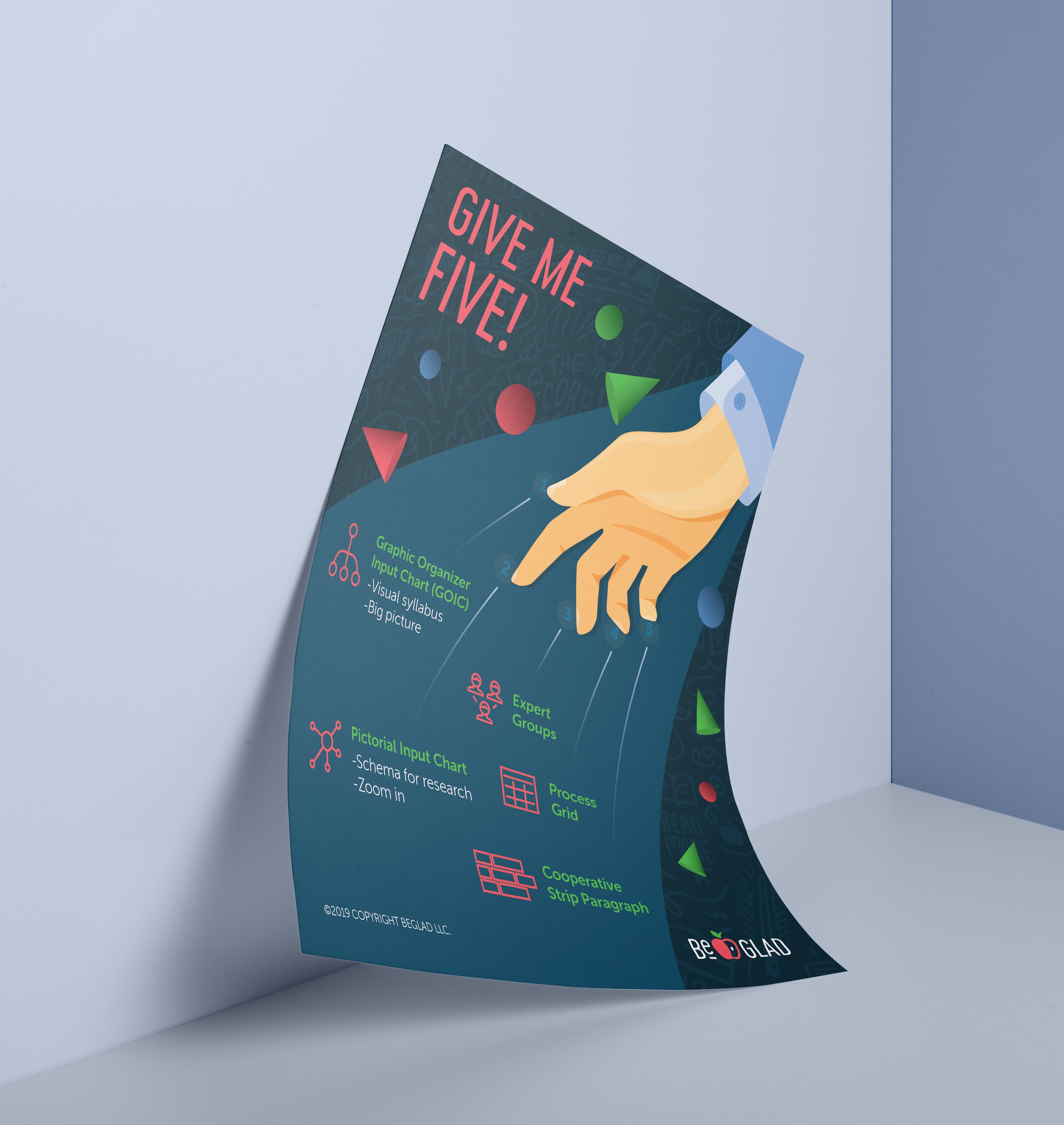
Poster design by YaseenArt
There isn’t a one-size-fits-all approach to printing, so be careful to weigh your:
- Needs
- Goals
- Budget
- Projected print run
Offset printing looks fantastic, but digital printing can also produce a great-looking product and sometimes, great-looking is all you need.
So, if offset printing makes the most sense for your project, get started today with VistaPrint.
Differences with other printing types
Generally, businesses planning to print magazines, books, pamphlets and similar projects have a choice between digital and offset printing. There are numerous other types of printing, like screen printing and LED UV printing, but these are meant for printing on materials like cloth, metal and wood. For paper products, the choice is almost always digital vs. offset.
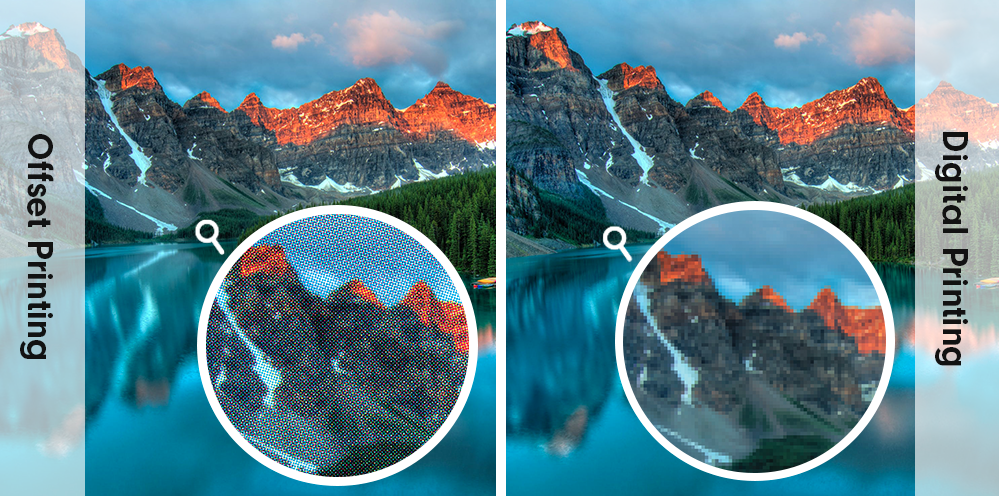
Image via U.S. Press blog
Digital printing broadly refers to inkjet and laser printing. While their processes differ slightly, inkjet printers rely on liquid ink droplets and laserjet printers rely on toner and a heating process to create images. Both apply ink directly to paper.
Digital printing is faster, more customizable and at lower quantities, less expensive. So why would a small business choose offset printing over digital?
Take a look at the difference:
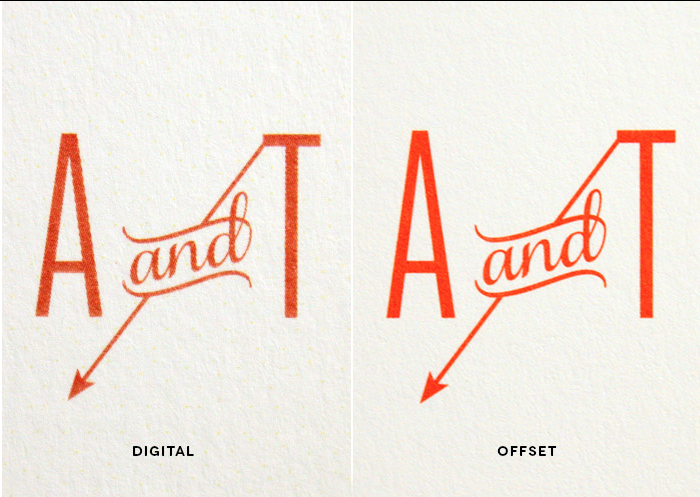
Image via PakFactory
Digital printing is usually the more economic choice for smaller print runs. It’s also:
- Easy to proof
- Easier to edit the image or text partway through a print run
The last advantage digital printing has over offset is that it allows the designer to utilize variable data. That means you can create a print run that personalizes every piece, such as a form letter that’s personally addressed to each person on your mailing list.
Benefits and downsides of offset printing
Offset printing, like every other type of printing, has both benefits and drawbacks. As a small business, the biggest is likely its cost—offset printing tends to cost more than digital printing. However, it has many benefits that can justify its higher cost.
Offset printing benefits
- Colors are more vibrant on the page
- Color accuracy is higher than with other print methods
- Details are sharper
- Fine details are well printed
- Image quality is more consistent
- Prints are more durable
- There is a greater range of paper coating options than digital printing, including UV, soft touch and aqueous coating
Offset printing drawbacks
- Time-consuming to set up and complete print jobs
- Chemicals used in inks can be detrimental to the environment
Although we mentioned the cost of offset printing as a drawback, keep in mind that at higher volumes, it tends to become more cost-effective.
Yes, VistaPrint does offset printing.
Offset printing isn’t always the best choice, but it’s often the best choice when you’re creating a magazine, pamphlet, book or packaging. As you plan your next print project and develop its budget, consider whether choosing offset printing would result in a substantially better-looking end result—and if that end result is worth the investment in this type of printing. For some projects, it isn’t, and for others, it absolutely is. If you aren’t sure, compare examples of the same image printed both digitally and through offset.



